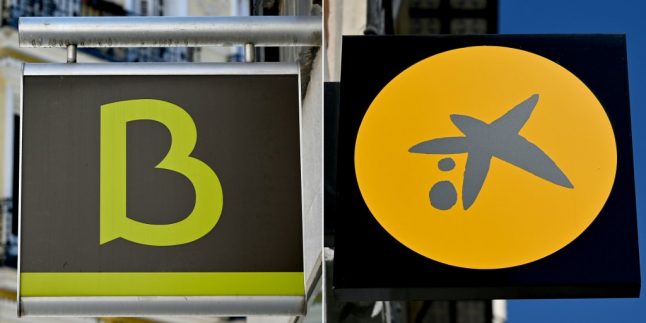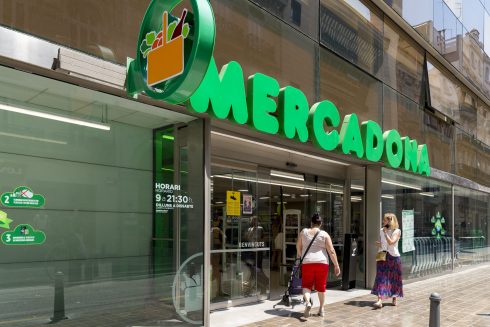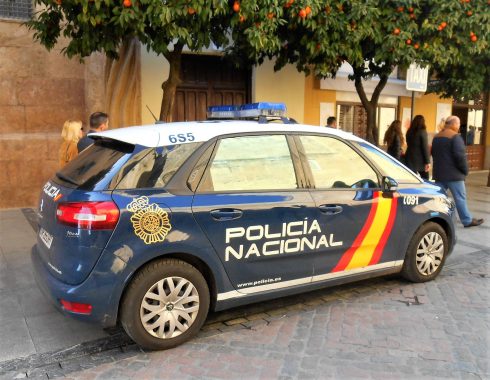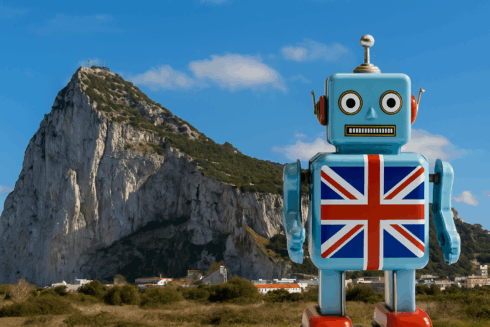Last month two of Spain’s high street banks completed a merger to become Spain’s largest banking entity, but what does that mean for those who bank with either Caixabank or Bankia?
Here’s what you need to know:
The new mega-bank has insisted that things will broadly remain the same for those existing clients of either bank but some things will change, mainly for those customers of Bankia.
Bankia – which took over from the ill-fated Caja Madrid a decade ago is now obsolete as a brand and its name will no longer exist.
Instead clients will automatically find themselves with accounts under Caixabank, which will retain its logo and trading name.
Bankia account numbers change
This means that account numbers will change for those Bankia clients.
In Spain, bank accounts contain 20 digits with the first four denoting the bank and the next four the branch.
CaixaBank account numbers start with 2100, and Bankia accounts begin with 2038, meaning Bankia clients’ account numbers will now start with 2100 once the migration takes place, set to be completed by the end of the year.
This will be done automatically and at no cost to the customer but it will mean you will have to inform some regular payees of the new account details.
You won’t have to inform those who have direct debits set up from your account, such as utility companies etc as the bank will automatically do that but you should keep an eye on payments from your account over the next few months to make sure this has been done correctly.
However, those who are self-employed or use the account for business with repeat customers, should notify clients, tax agencies etc of a change in account number.
You may also need to inform those who make transfers to your account from abroad as the IBAN number and Swift code is set to change for Bankia customers.
Bank cards
In terms of bank cards – credit or debit cards – Bankia customers will be sent new cards to their home address but until they are received and activated the old cards will remain valid.
CaixaBank card holders do not need to take any action, as their existing cards will continue to function.
Mortgages, insurance policies and loans
Mortgages with either Bankia or Caixabank won’t change with the merger as they are contracts with set terms that can’t be broken without a new agreement signed between customer and provider.
This is also the case with any insurance policies, personal or business loans that have already been taken out as the terms have already been set.
Branches
Bankia branches will be closed or converted in Caixabank ones and your local branch may change but customers should be alerted by mail if they are affected.
Cashpoint machines
The good news is that you can now use Bankia or Caixabank cards to withdraw money in either of the banks branded cashpoints without having to pay commission although eventually Bankia ATMs will be rebranded as Caixabank ones or closed.
Huge savings
There’s one issue customers should be aware of if they previously held large saving deposits in accounts held with both Bankia and Caixabank.
The Deposit Guarantee Fund only insures up to €100,000 per account holder and bank, a measure in place to protect people’s savings if an entity goes bankrupt overnight.
So anyone who has savings above €100,000 in a single banking entity could risk losing anything above that amount if the bank went under. So if you spread out your savings across multiple accounts in different banks and now find that you have more than 100,000
This means if a customer spread their savings across accounts in both Caixabank and Bankia that they are now amalgamated in one banking entity and therefore only 100,000 would be guaranteed.
It is therefore advisable that customers who now find they have over 100,000 savings more any excess to another bank to ensure they are guaranteed in case the bank folds.
BYE BYE BANKIA: MERGER WITH CAIXABANK EFFECTIVE AS OF TODAY
Click here to read more Business & Finance News from The Olive Press.








